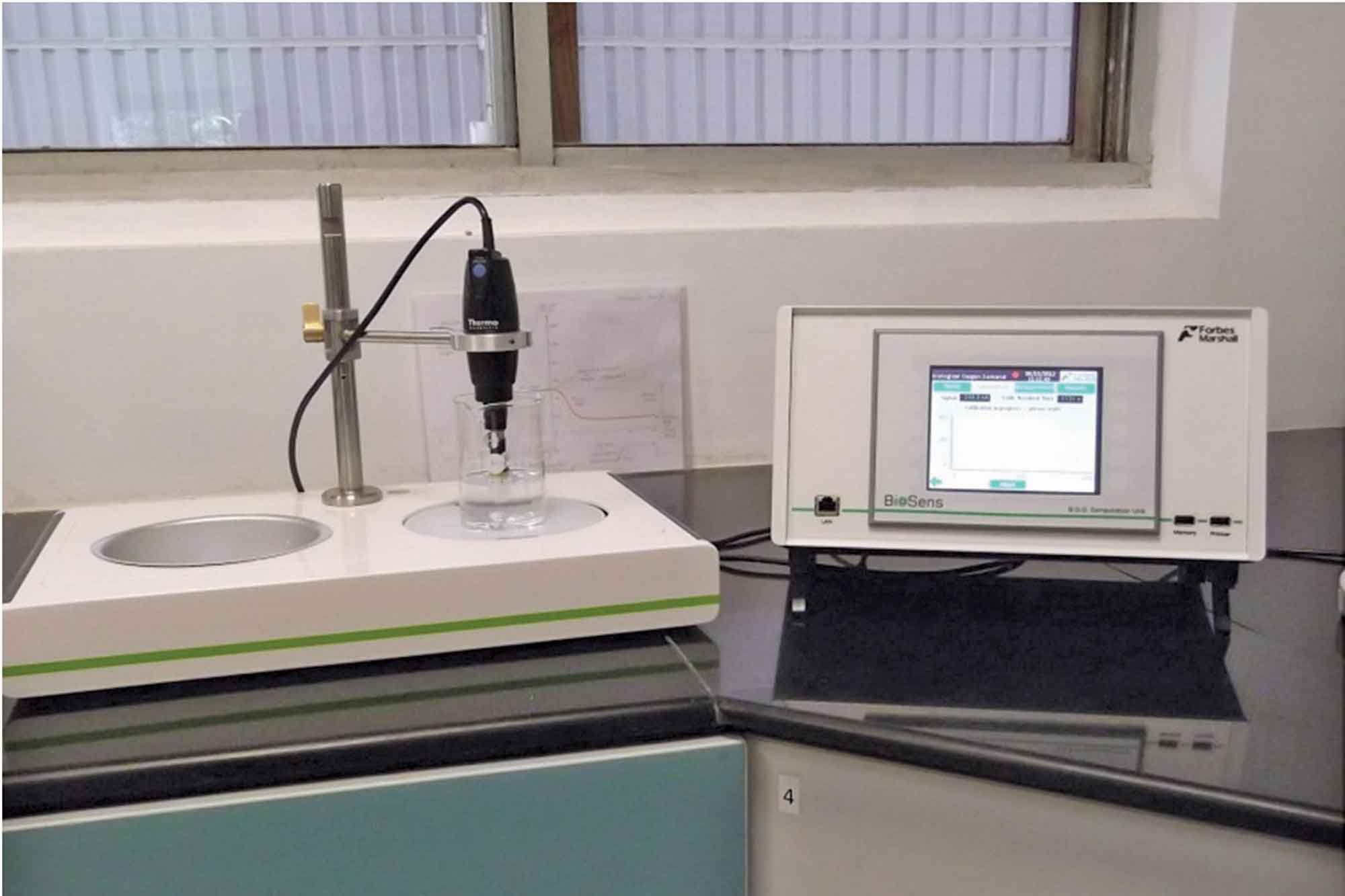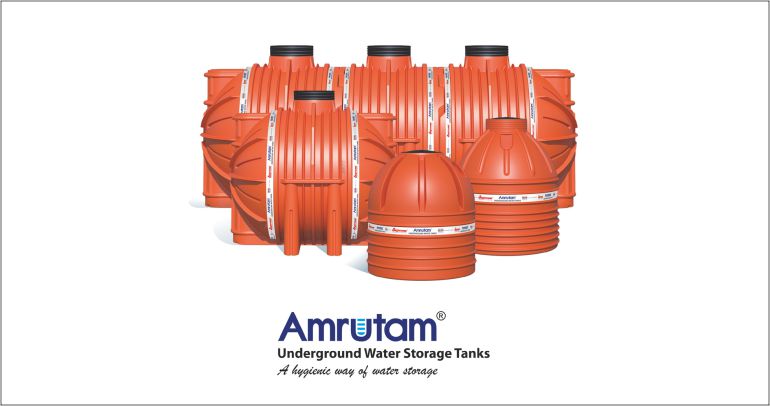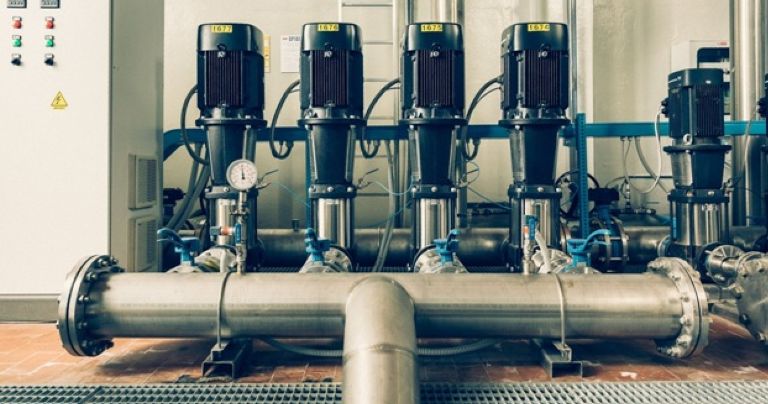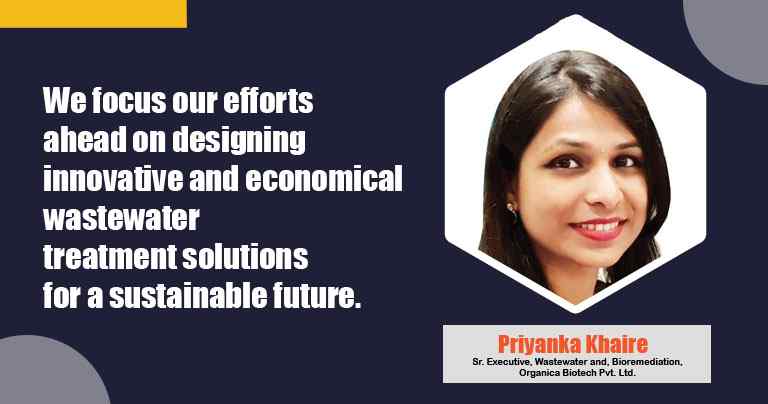BOD of pulp and paper industry using Biosens
By Edit Team | May 7, 2015 6:18 am SHARE

The case study shows how Biosens can be a better means of measuring Biochemical Oxygen Demand
Paper manufacturing is a highly capital, energy and water intensive industry. These industries are disturbing the ecological balance of the environment by discharging a variety of wastewater. Depending upon the nature of raw material, the wastewater is generated per metric ton of paper produced. The paper making process requires large amount of water for the production processes, hence it is a water-intensive process. This is because, without the physical properties of water, it would not be possible for a consistent structure to be achieved when the constituents of paper are processed in sludge. Consumption of water depends upon the raw material used in industrial processes.
The natural raw material used for the processes are wood, cellulose, vegetables, bagasses, rice husk, fibres and also waste-paper. This creates a high level of wastewater from processing. The dark colour of the wastewater exhibits the toxic effects on the biota and inhibits the photosynthetic activity by reducing the sunlight. The paper mill wastewater characteristically contains colour, very high level of Biochemical Oxygen Demand (BOD), Chemical Oxygen Demand (COD), due to presence of lignin and its derivatives from the raw cellulosic materials, chlorinated compounds, suspended solids (mainly fibres), fatty acids, tannins, resin acids, sulphur and sulphur compounds, etc.
Most of these industries discharged their insufficiently treated waste into the rivers or streams, which makes serious problem to aquatic life and flora-fauna. Thus, it is necessary to analyse the physicochemical characteristics of the effluent and the influent of the effluent treatment plant of the paper mill. In this case study we are dealing with the measurement of biological oxygen demand of waste water using a sensor called as Biosens.
Biological Oxygen Demand (BOD)
BOD is a measure of the DO consumed by micro-organisms during the oxidation of bio-degradable substances in waste waters. A high BOD would therefore imply a higher depletion in the DO content.
If water with high BOD is discharged into common streams and rivers, the high depletion of DO will starve the rest of the aquatic life such as fish and insects. Waste water is therefore treated to bring down the BOD value to levels below those prescribed by pollution regulatory bodies.
Significance of BOD as a water quality parameter, lies in the fact that it measures the impact on the environment (mass of DO consumed per litre of water mg/l) rather than a concentration of any harmful compounds.
Objectives of the study
• Analyse number of waste water samples from various pulp & paper industries
• Measure the BOD of all the samples using Biosens technology
• Comparison of results for conventional BOD method and Biosens
• Conclusions.
Revolutionary method from FM: BioSens
BioSens uses a measuring technique that revolutionises the way the BOD value of an effluent sample is determined. It deploys a special immobilised microbial membrane and a standard DO probe, together forming a Biosensor. This technique helps determine the BOD value within 20 minutes of exposing the Biosensor to the effluent sample. This is in contrast to the 3 or 5 days required by the BOD3 and BOD5 methods respectively.
BioSens
The BioSens system comprises of a computation unit (CU), a sensor unit (SU) and a support kit which includes essential lab-ware and tools. The CU and SU are interconnected by a set of cables.
The SU provides a stable platform onto which a DO probe and a magnetic stirrer are mounted. The DO probe can be positioned suitably for different actions by means of a swinging arm and a clamping lever. The beaker containing the buffer-sample mixture is to be placed over the top surface of the stirrer.
During measurement, the CU acquires the signal from the DO probe – which along with the immobilised membrane forms the Biosensor. The CU also drives the stirrer during specific phases of the measurement. The stirrer maintains the buffer-sample mixture homogenous during the measurement phase.
A touch-screen interface on the front of the CU allows the user to perform the different functions including calibration, measurement, viewing reports and system configuration.
The product has been engineered to minimise user errors by employing poke-yoke principles, preventing invalid actions, avoiding manual computations and textually prompting the user appropriately when required.
BioSens also features backup of reports and printing of reports over dedicated USB ports. Future enhancements will support sending of reports via email, viewing of trends on client machines and ftp [file transfer protocol] of report file to external server.
Forbes Marshall has performed experiments in few paper and pulp industries in Pune, Maharashtra.
Experiment design
• Set up of Biosens at industrial site
• So, as to get fresh effluent samples for analysis
• Immediate analysis of sample using Biosens
• Immediate addition of samples for BOD3 method
• Comparison of the results for BOD analysis by Biosens performed on the same day of sample collection with BOD3 results. (Results obtained after 3 days of sample collection)
Industry I
Carried out analysis of samples
• Intake water: Water taken by industry for plant usage from nearby dam
• ETP discharge: Water discharged in to environment after effluent treatment
• ETP primary clarifier: Water after primary treatment.
Industry II
Carried out analysis of samples
• HRT 1 outlet: water after first tank
• Tertiary outlet: water to be discharged in environment.
Conclusion
Here, it is observed from all the above mentioned data that, the values obtained for all the samples analysed for waste water collected from different stages of effluent treatment plant of pulp and paper industries showing a high degree of match between the readings of Biosens and readings obtained by conventional BOD3 method.
We can therefore say that the use of Biosens as an alternative for BOD3 is a good solution, in terms of saving of time, saving of chemicals, use of glass wares etc.
The most important advantage of this technology is ETP operating engineer can take immediate actions, if there is any problem in the working of the plant because of high organic load. BioSens can be used for any type of industry to monitor effluent at difference stages to take corrective actions.
Cookie Consent
We use cookies to personalize your experience. By continuing to visit this website you agree to our Terms & Conditions, Privacy Policy and Cookie Policy.





















